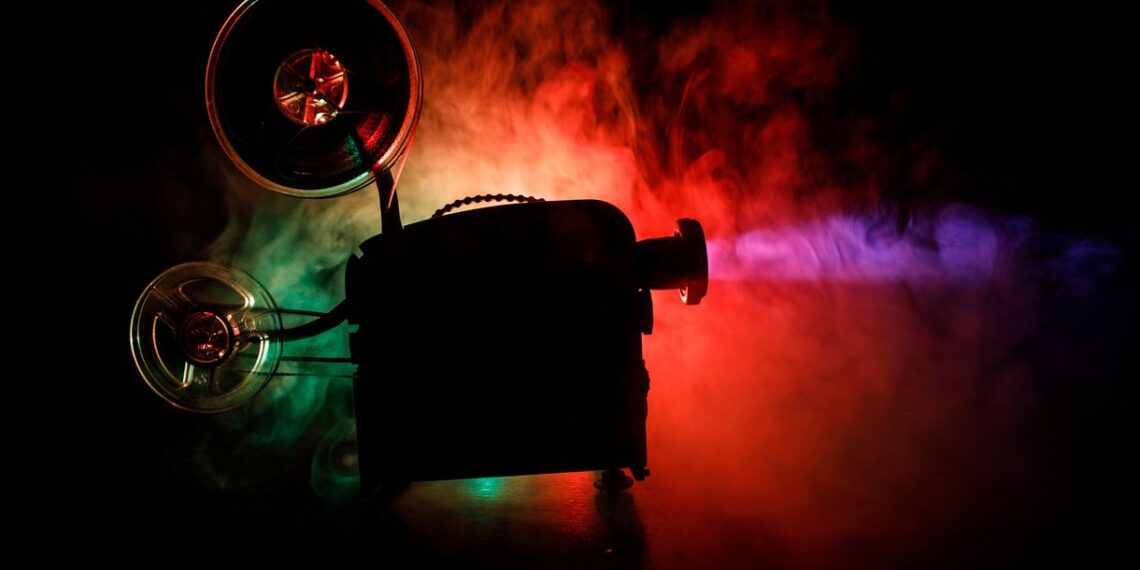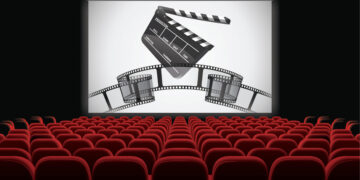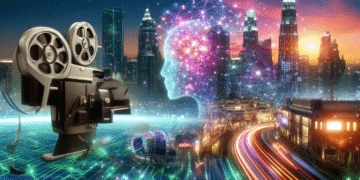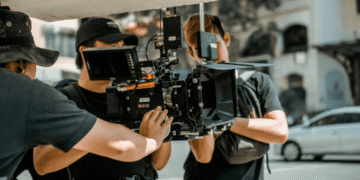Decoding Narrative Structures: A Journey Through Film Storytelling
Exploring the intricate ways stories unfold on screen, understanding narrative structures provides a deeper appreciation for the filmmaker’s craft and the audience’s experience. It reveals the underlying architecture that shapes our engagement with cinema.
1. The Three-Act Structure: A Classic Framework
The three-act structure, a cornerstone of storytelling, divides a narrative into setup, confrontation, and resolution. The first act introduces characters and the central conflict. The second act escalates the conflict, presenting obstacles for the protagonist. The third act provides a climax and resolution, tying up loose ends. Many popular films, from action blockbusters to indie dramas, adhere to this classic framework, providing a familiar and satisfying narrative arc.
2. Beyond Linearity: Exploring Non-Linear Narratives
Not all films follow a linear timeline. Non-linear narratives, like those found in “Pulp Fiction” or “Memento,” experiment with time, employing techniques such as flashbacks, flash-forwards, and fragmented storytelling. These structures challenge the audience to piece together the narrative puzzle, creating a more engaging and intellectually stimulating viewing experience. They often reflect themes of memory, perception, and the subjective nature of reality.
3. The Hero’s Journey: A Mythic Template
The Hero’s Journey, also known as the monomyth, is a narrative pattern that appears in many cultures and stories. It typically involves a hero who embarks on an adventure, faces trials and tribulations, and ultimately returns home transformed. Films like “Star Wars” and “The Lord of the Rings” exemplify this structure, resonating with audiences on a deep, archetypal level. The hero’s journey emphasizes themes of self-discovery, courage, and the triumph of good over evil.
4. Understanding Plot Points and Turning Points
Plot points are significant events that propel the story forward, altering the protagonist’s course and raising the stakes. Turning points mark a crucial shift in the narrative, often leading to a new direction or revelation. Identifying these key moments allows viewers to understand the deliberate construction of the story and appreciate the filmmaker’s strategic choices in pacing and plot development. These points create momentum and keep the audience invested in the unfolding drama.
Genre Theory: Understanding the Framework of Cinematic Categories
Genre theory provides a framework for understanding how films are categorized based on recurring conventions, themes, and styles. It helps audiences and critics alike to navigate the vast landscape of cinema.
1. Defining Genre
Genre refers to a category of artistic composition, as in music or literature, characterized by similarities in form, style, or subject matter. In film, genre categorization relies on shared narrative conventions, thematic elements, visual styles, and emotional effects. For example, a Western film typically features cowboys, horses, and frontier settings, exploring themes of good versus evil and the taming of the wilderness.
2. The Functions of Genre
Genres serve multiple functions. For filmmakers, they provide a pre-existing structure and set of expectations that can be either followed or subverted. For audiences, genres offer a sense of familiarity and predictability, allowing them to choose films that align with their preferences. Critics use genre theory to analyze how films conform to or challenge genre conventions, and what that signifies.
3. Genre Evolution and Hybridity
Genres are not static; they evolve over time, reflecting changes in society, technology, and audience tastes. New subgenres emerge, and existing genres blend together, creating hybrid forms. For example, the “zombie comedy” combines elements of the horror and comedy genres, offering a fresh take on familiar tropes. This ongoing evolution keeps genre theory relevant and dynamic.
Feminist Film Theory: Analyzing Gender Dynamics on Screen
Feminist film theory examines how films portray and reinforce gender roles, power structures, and societal expectations, offering critical insights into the representation of women and gender.
1. The Male Gaze
The “male gaze,” a concept popularized by Laura Mulvey, describes how films often present women from a masculine, heterosexual perspective. This can result in female characters being objectified and presented primarily as objects of desire for the male viewer. Feminist film theory critiques the male gaze for reinforcing patriarchal power structures and limiting the agency of female characters. Understanding this gaze helps viewers recognize how film can perpetuate unequal power dynamics.
2. Challenging Stereotypes
Feminist film theory actively challenges stereotypical portrayals of women in film. Instead of passively accepting traditional roles, it advocates for complex, multifaceted female characters with their own desires, motivations, and agency. This involves promoting stories that showcase women in diverse roles, both professionally and personally, and avoiding harmful tropes like the damsel in distress or the evil seductress.
3. Intersectionality and Film
Intersectionality recognizes that gender intersects with other identities like race, class, and sexuality, shaping individual experiences. Feminist film theory applies this lens to analyze how films represent the experiences of women from different backgrounds. It critiques films that overlook or misrepresent the unique challenges faced by women of color, LGBTQ+ women, and women from marginalized communities.
4. Female Authorship and Agency
Feminist film theory emphasizes the importance of female filmmakers and writers in creating more authentic and empowering representations of women on screen. When women are in positions of creative control, they can bring their own perspectives and experiences to storytelling, challenging dominant narratives and offering fresh perspectives on gender, power, and identity. This includes supporting films directed, written, and produced by women.
Q&A
Question 1: What are the primary narrative structures discussed in the provided text regarding film storytelling?
Answer: The text explores several key narrative structures, including the classic three-act structure (setup, confrontation, resolution), non-linear narratives employing techniques like flashbacks and flash-forwards, the Hero’s Journey monomyth, and the importance of plot points and turning points in driving the narrative forward. Each structure offers a different approach to storytelling and audience engagement.
Question 2: How does genre theory contribute to our understanding of films?
Answer: Genre theory provides a framework for categorizing films based on shared conventions, themes, styles, and emotional effects. It helps audiences navigate the vast landscape of cinema by offering a sense of familiarity and predictability. For filmmakers, it provides a pre-existing structure that can be followed or subverted. Critics use it to analyze how films conform to or challenge genre conventions.
Question 3: What is the core concept of Auteur theory, and what are some of its criticisms?
Answer: Auteur theory argues that a film reflects the director’s personal creative vision, emphasizing their stylistic consistency and thematic concerns across their work. Critics, however, point out that it might overlook the contributions of other filmmakers (writers, actors, cinematographers) and oversimplify the collaborative nature of filmmaking. It can also lead to an overly reverential view of certain directors.
Question 4: What are some key aspects of feminist film theory’s analysis of films?
Answer: Feminist film theory analyzes how films portray and reinforce gender roles, power structures, and societal expectations. It examines the “male gaze,” challenges stereotypical portrayals of women, considers intersectionality (how gender intersects with other identities), and emphasizes the importance of female authorship in creating more authentic representations of women. Tools like the Bechdel test are used for analysis.






